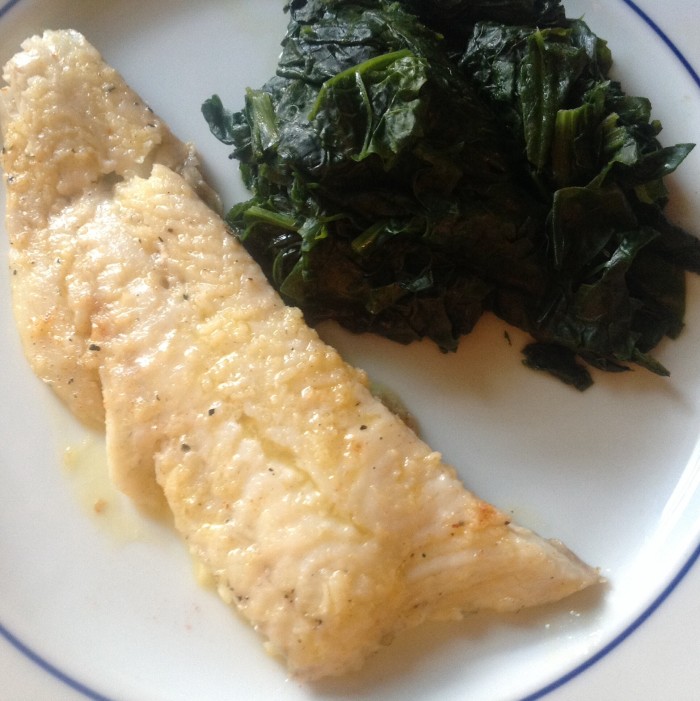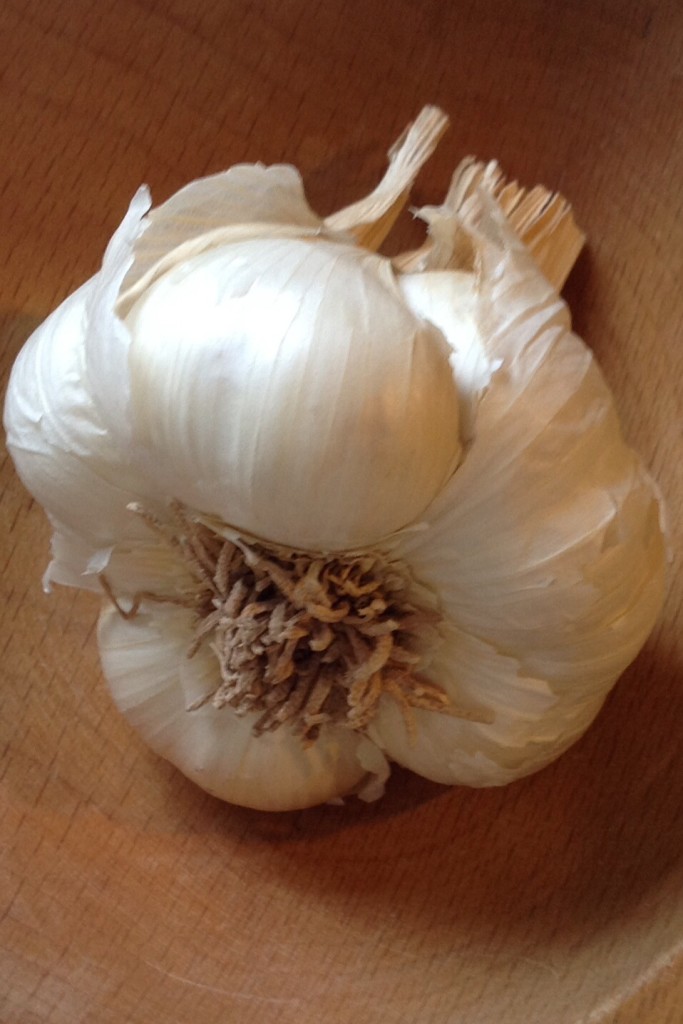I have a lot of culinary respect for Chef Dan Barber. Never been to the restaurant, but I have read his recent book The Third Plate. It’s a good read.
Earlier this summer, Dan Barber did an interview with Eater New York
“Why Farm-to-Table King Dan Barber Believes Meat Is Hyper-Seasonal”. Here is the response to a question posed by the interviewer: “Do you believe people who eat meat should see an animal being slaughtered at least once to gain appreciation for what’s on their plate? If so, why?”
Intuitively I subscribe to that, but I don’t know that you need to see the sacrifice to be worthy of eating meat. There’s a part of me that believes that all cooks should, which is what we do here at Blue Hill. We make them part of slaughter because they’re working with these animals, with a ton of meat throughout the course of a week. I feel that it’s pretty important that they get that kind of side.
If you’re eating meat and you’re knowing the farmer and you’re supporting the right kind of ecology I think that’s enough. Or I’ll put it to you another way, if I were to demand everyone who eats meat thoughtfully should also slaughter or be a part of a slaughter of meat I would say the same thing about the harvest of a plant of kale or the harvesting of a tomato. You need to be there for the harvest.
Now you may be asking what in the world does a carniferous celebrity chef have to do with me learning how to steam clams? Let me explain.
I have always believed that people who eat meat should be prepared to slaughter and butcher the animal. Or the chicken. Or the fish. So to find someone of Dan Barber’s statue actually saying this out loud is notable. To me at least.
Would I actually be able to do it? Slaughter and eat an animal? I don’t know. I’ve never had a chance to try. But that is the connection with clams and this is the rest of the story.
Linguine and clam sauce is a truly delectable dish. One of the first restaurant meals I had after arriving in New York and it was love at first bite.
Being a California girl, the only clams I had ever heard of before moving to Long Island were Pismo clams. Pismos grew big up to seven inches and I think folks made chowder with them. I had never seen a small delicate clam before I arrived in New York.
We all tend to feel comfortable doing the things we are used to. So the first time I saw a native Long Islander dig up a clam, break it open, and eat it raw, my stomach wretched. It was way out of my comfort zone. Still can’t do it to this day.
But love is a powerful motivator and I really love linguine and clam sauce. So a couple of years ago, I took action. My analytic left brain knew if I ate clams someone had to get them from the shell onto the plate and logic demanded either I forgo the pleasure or I be prepared to do the job myself. Mind over matter is easier said then done. So for almost a year I just looked. Then one beautiful summer day I took the plunge and purchased a dozen little neck clams.
And yes the linguine and clam sauce was delicious. Been making variations ever since.
So I say thank you Casey, my greenmarket fishmonger, for picking out the smallest ones just for me. And I say thank you Dan Barber for giving me the courage to say out loud something I have felt in my heart but have been reluctant to say before.










